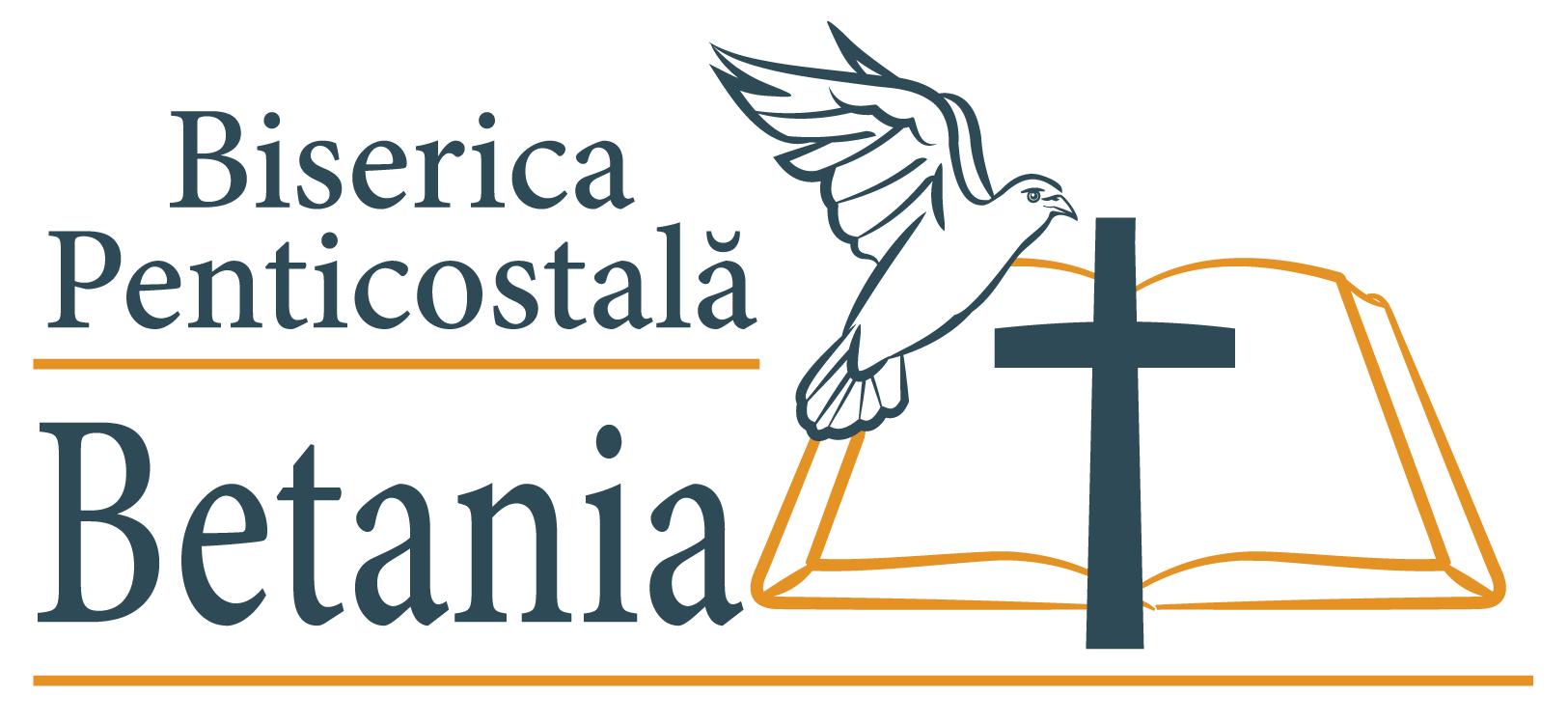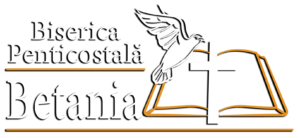19 martie
19 martie
Duminică, 19 martie 2023, Exodul 25:1-40 – Facerea Cortului Întâlnirii
În cartea Geneza, Dumnezeu a chemat un om cu o chemare specială, precum Avraam. În cartea Exodul, Dumnezeu a chemat nu doar câte un om, ci a chemat un popor. Dumnezeu Și-a exprimat dorința de a locui în mijlocul poporului Său.
Cortul lui Moise, în care acesta vorbea cu Dumnezeu, a fost ridicat în afara taberei, însă Cortul Întâlnirii trebuia să fie ridicat chiar în mijlocul taberei, înconjurat de corturile celor 12 seminții. Cortul Întâlnirii simboliza locuirea lui Dumnezeu în mijlocul poporului Său (25:8) și gloria Sa urma să se manifeste acolo (40:35).
Cortul Întâlnirii a fost o construcție mobilă realizată după detaliile date de Dumnezeu pe Muntele Sinai, lui Moise. El era format din trei părți: (1) Curtea Cortului, (2) Locul Sfânt și (3) Locul Prea Sfânt. În curte se afla altarul de aramă și ligheanul, cu instrumentele necesare. În Locul Sfânt erau masa cu pâinile pentru punerea înainte, sfeșnicul de aur și altarul de aur. În Sfânta Sfintelor era Chivotul mărturiei în care se aflau un vas de aur cu mană, toiagul lui Aaron și cele două table de piatră pe care erau scrise cele Zece Porunci. Materialele necesare au fost aduse în mod voluntar de evreii care aveau ,,tragere de inimă”. În Sfânta Sfintelor nu putea intra decât Marele Preot și acesta numai o singură zi pe an, când intra ca să așeze pe altar sângele ispășitor pentru păcatele lui și pentru păcatele poporului (Lev. 16:29-34).
În timpul pribegiei prin pustie, Cortul era cărat pe umeri de leviți și montat în locul unde ei își așezau tabăra. Acesta a fost primul loc de închinare în care oamenii se întâlneau cu Dumnezeu.
Astăzi, noi ne putem întâlni cu Dumnezeu în orice loc. Cât de mare este privilegiul acesta! Îi vom mulțumi lui Dumnezeu în rugăciunea de dimineață pentru că ne primește în prezența Sa. Apoi ne vom închina Domnului cerându-I să ne dea putere pentru a trăi în sfințenie.
Pastor Luigi Mițoi
Sunday, March 19, 2023: Exodus 25:1-40 – Building the Tabernacle
In the book of Genesis, God called a man with a special calling, such as He did with Abraham. In the book of Exodus, God called not just one man, but a whole nation. God expressed His desire to dwell among His people.
Moses’ tent, where he spoke with God, was set up outside the camp, but the Tabernacle was to be set up right in the middle of the camp, surrounded by the tents of the twelve tribes. The Tabernacle symbolized God dwelling amid His people (25:8), and His glory was to be manifested there (40:35).
The Tabernacle was a mobile structure built according to the details given by God to Moses on Mount Sinai. It was made up of three parts: (1) the Courtyard, (2) the Holy Place, and (3) the Most Holy Place (or Holy of Holies). In the courtyard was the bronze altar and basin, with the necessary utensils. In the Holy Place were the table with the bread of the Presence, the golden lampstand, and the golden altar. In the Most Holy Place was the Ark of the Covenant, which contained a golden jar of manna, Aaron’s staff, and the two tablets of stone on which the Ten Commandments were written. The materials needed were voluntarily brought by the Israelites who had a “willing heart.” Only the High Priest could enter the Most Holy Place, and he could do so only once a year, when he entered to place the atoning blood on the altar for his sins and for the sins of the people (Lev. 16:29-34).
During their wanderings in the wilderness, the Tabernacle was carried on the shoulders of the Levites and set up wherever they camped. This was the first place of worship where people met with God.
Today, we can meet with God anywhere. What a great privilege this is! In our morning prayer, we will thank God for receiving us in His presence. Then we will worship the Lord, asking Him to give us the strength to live in holiness.

